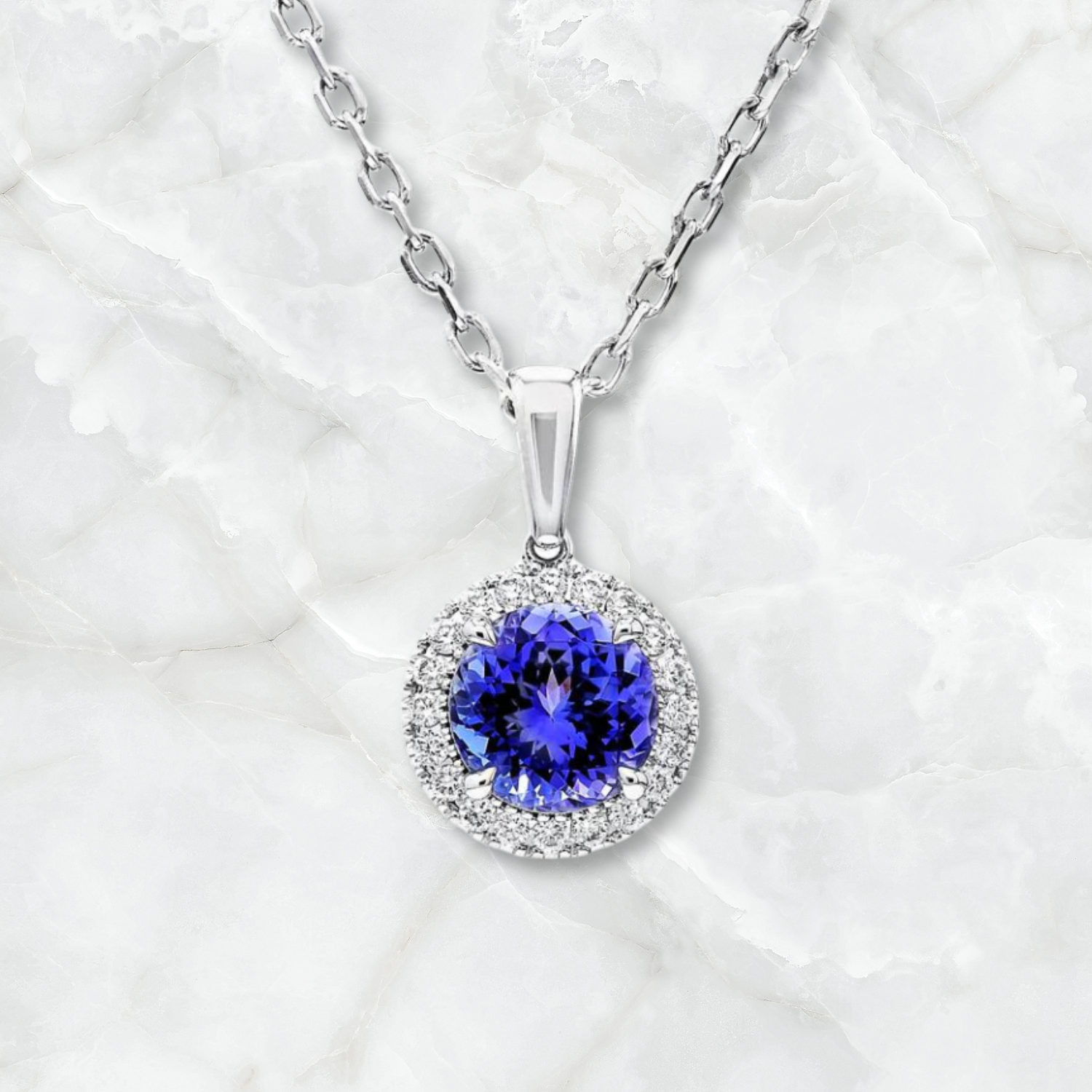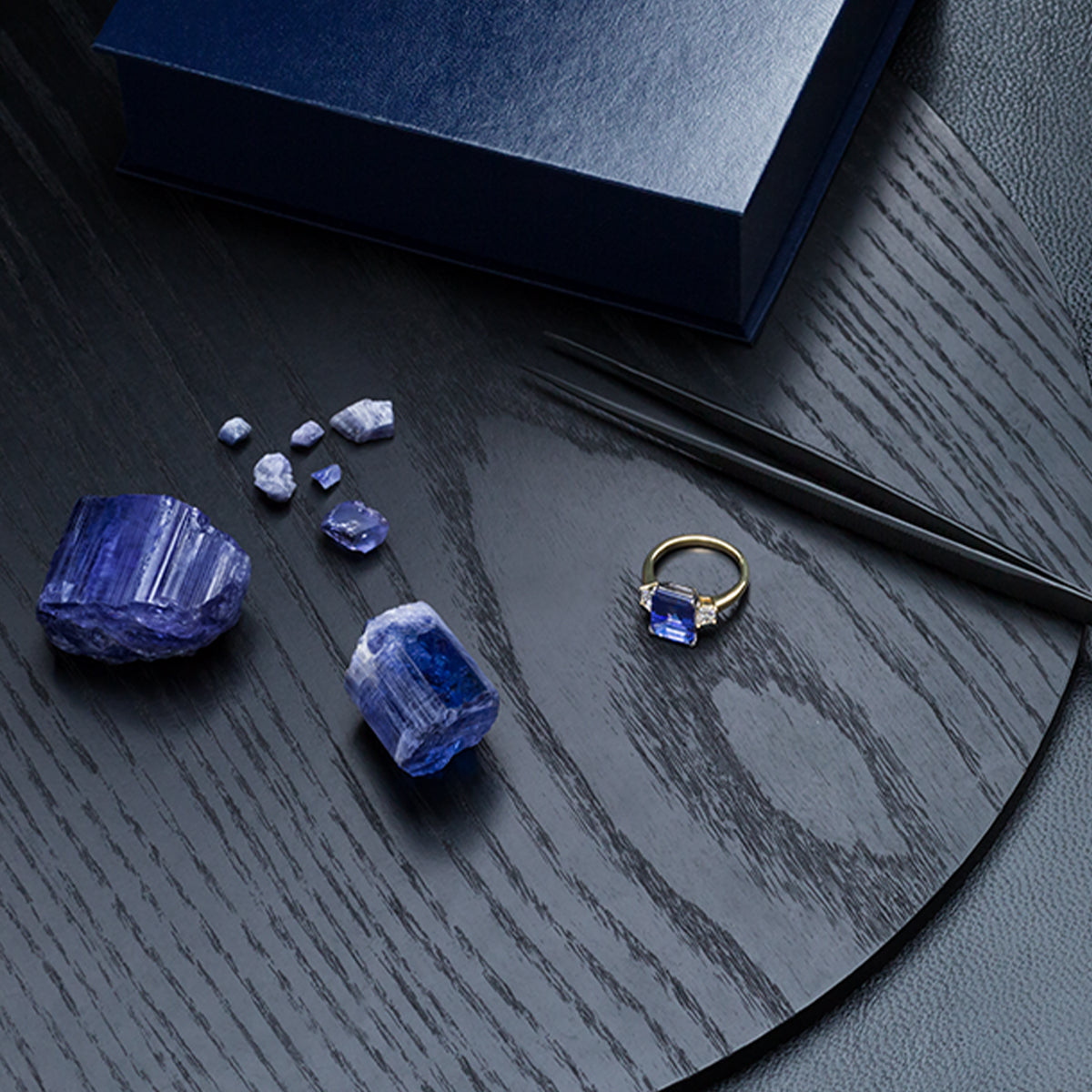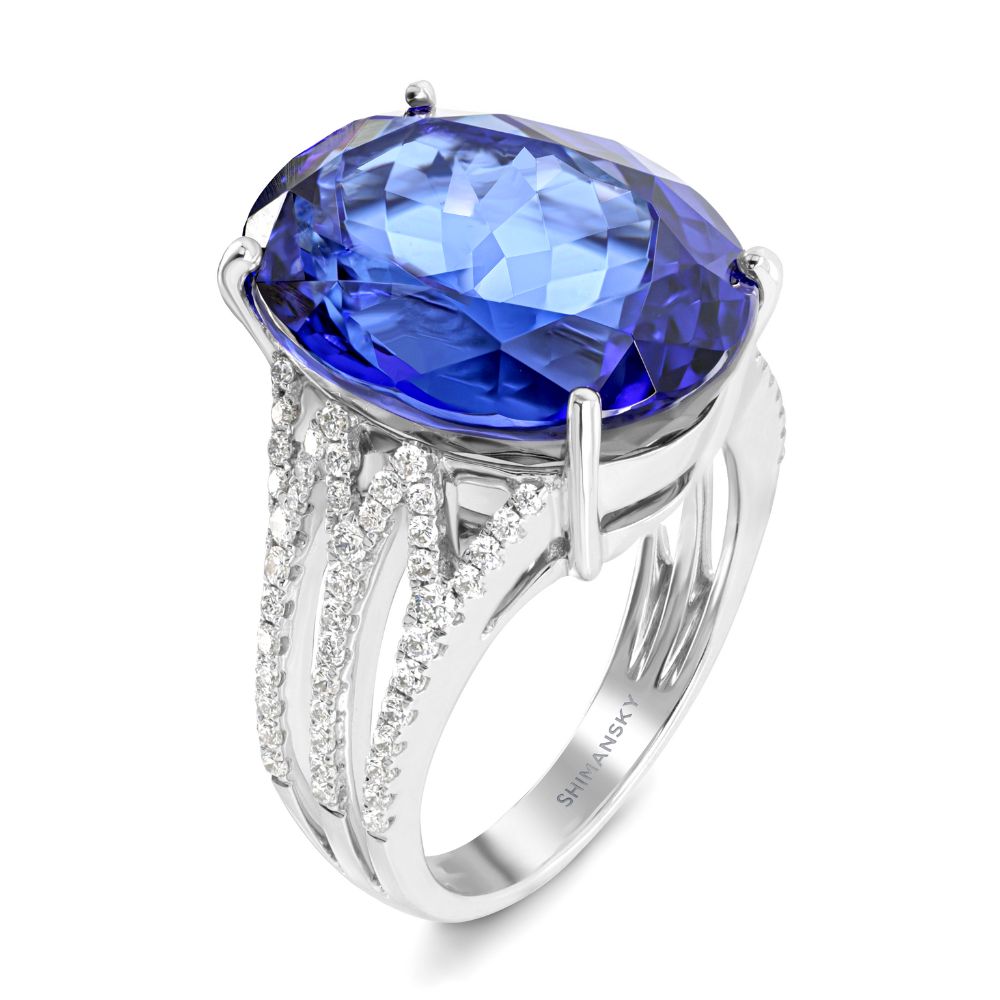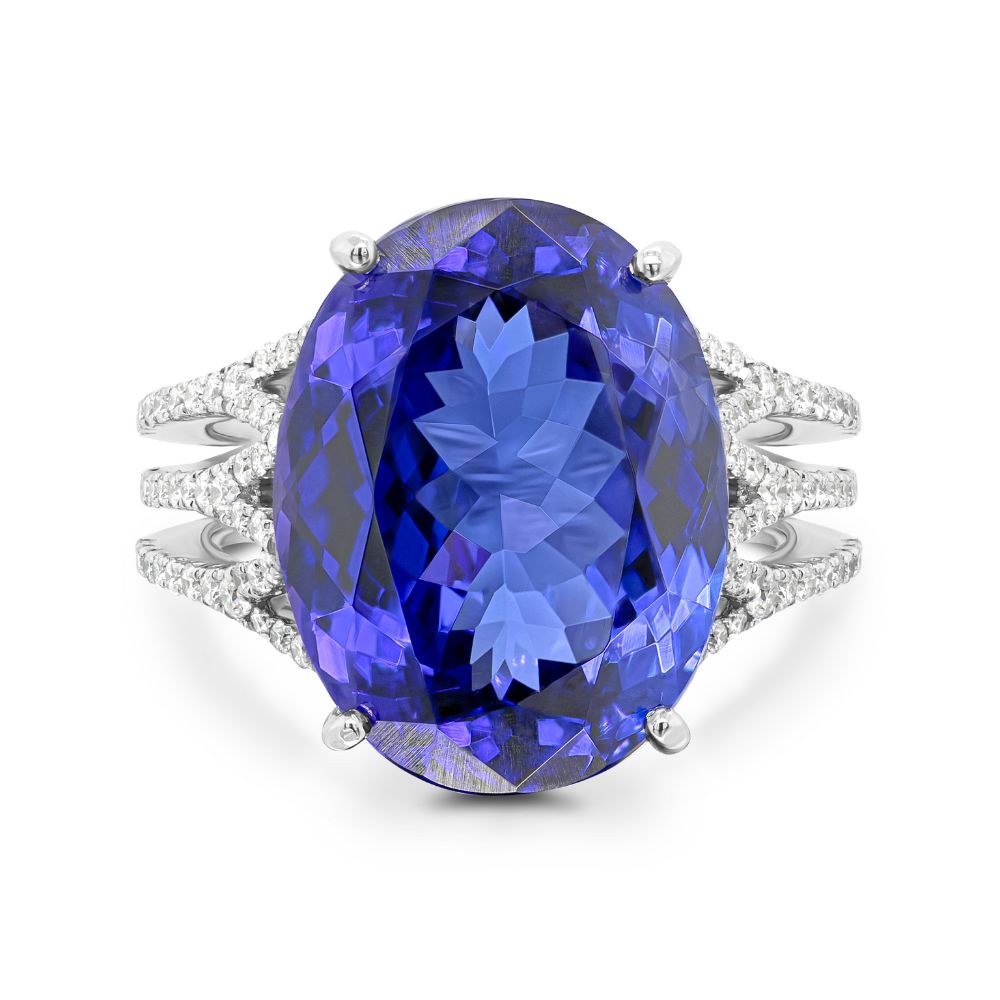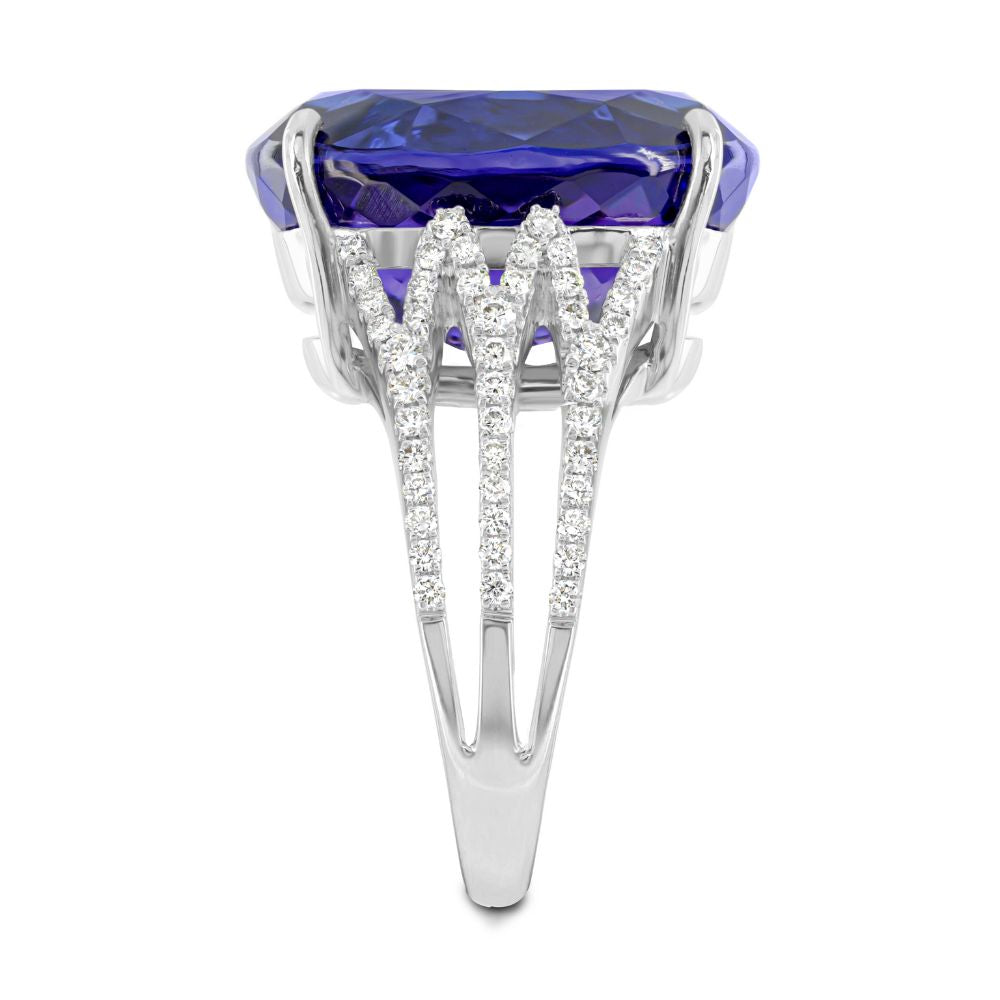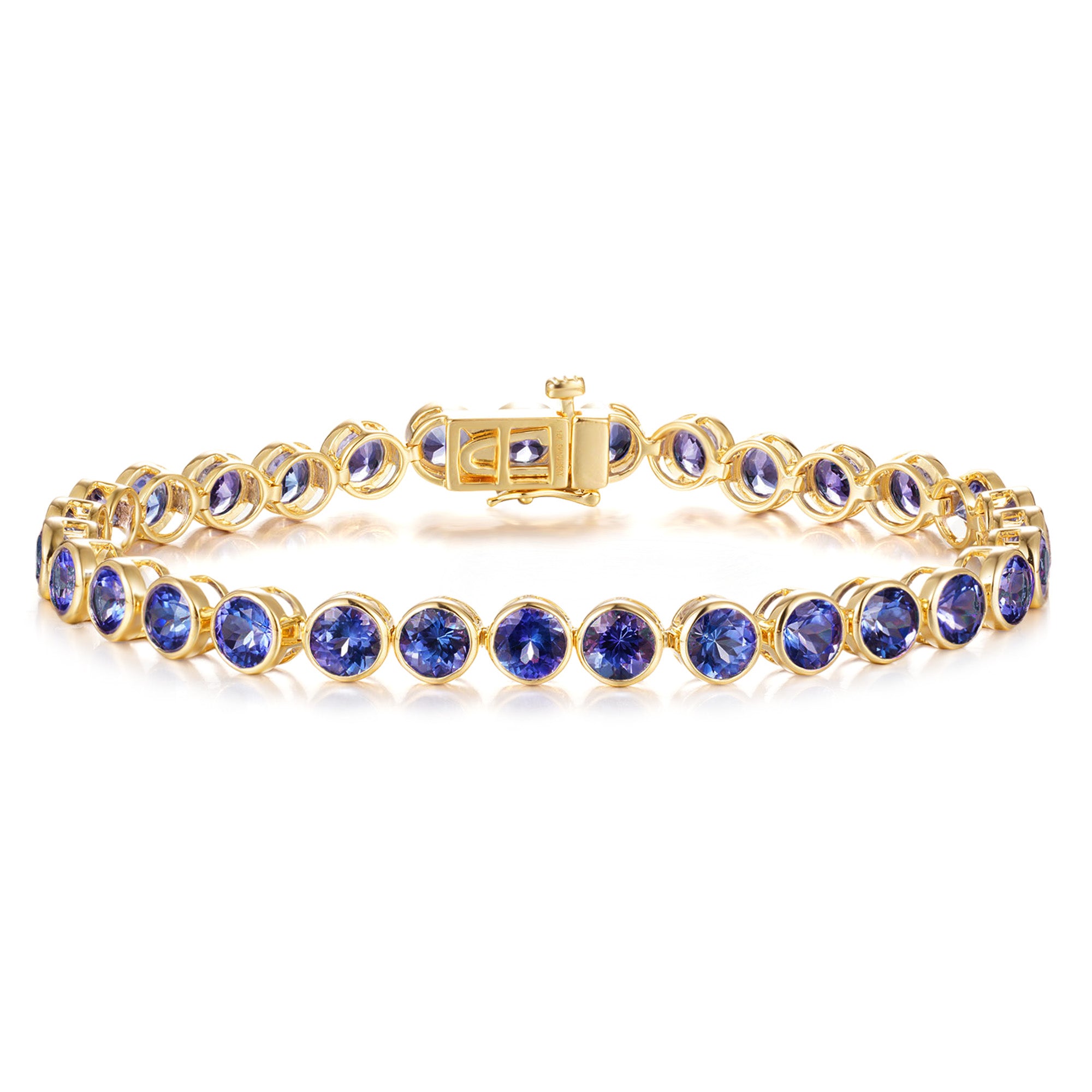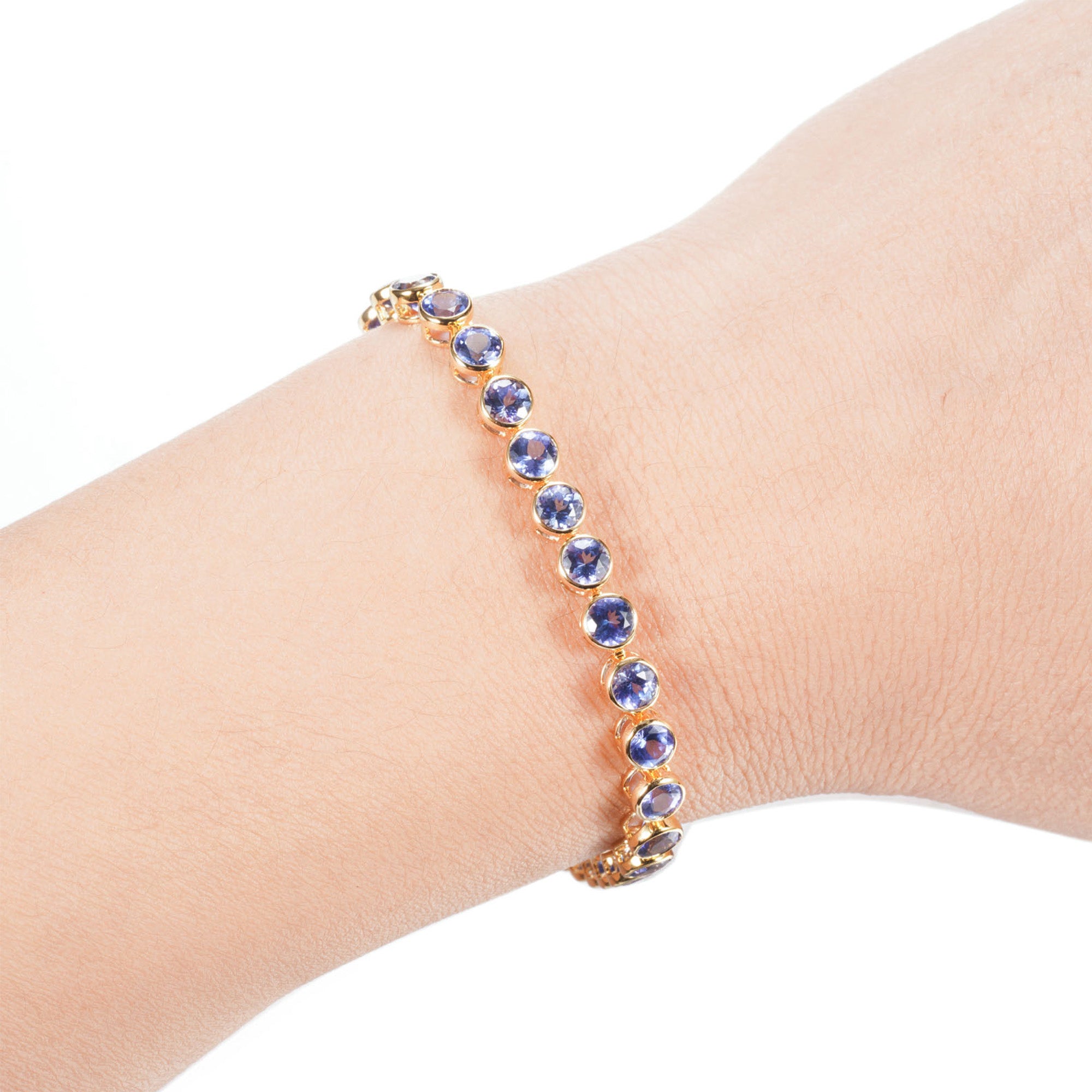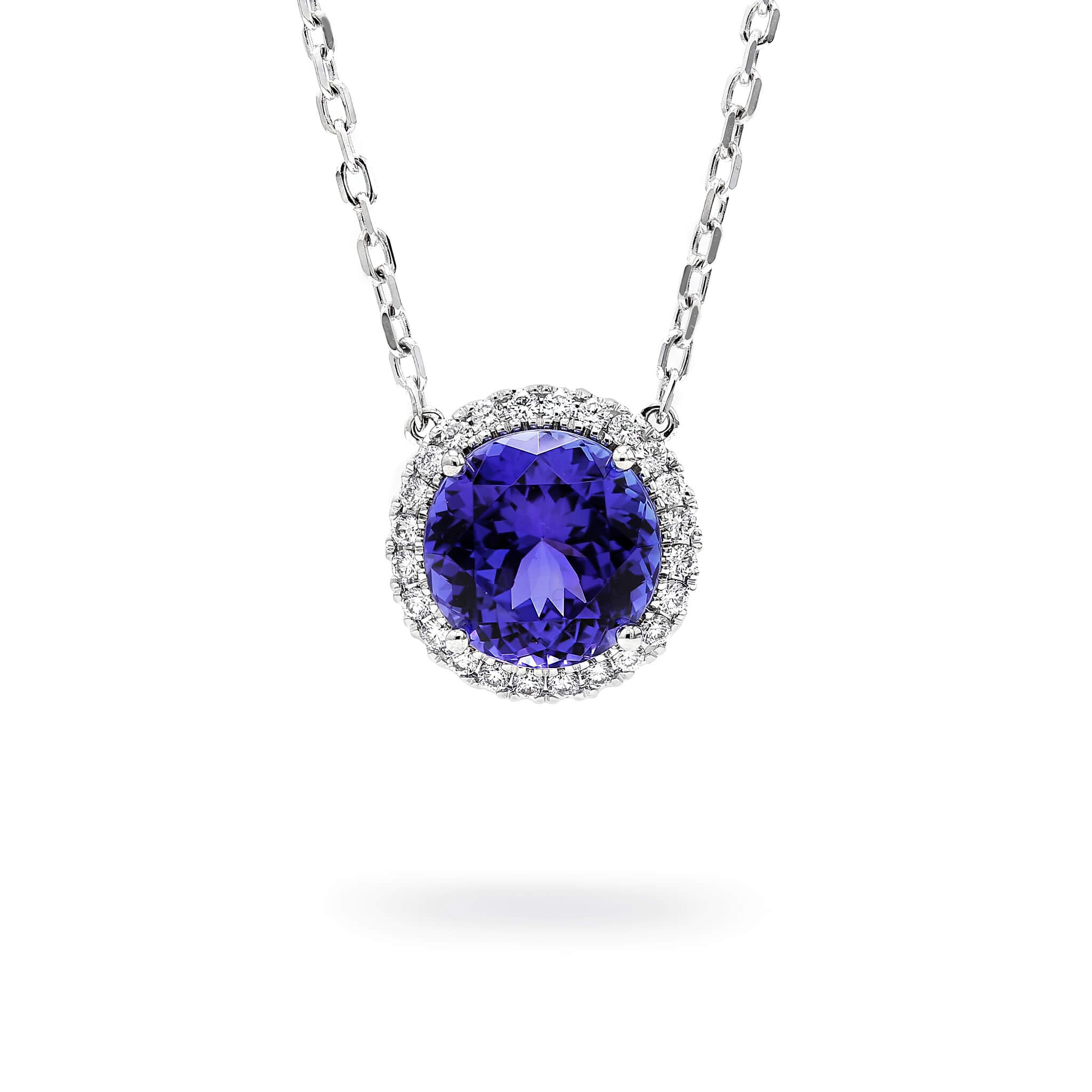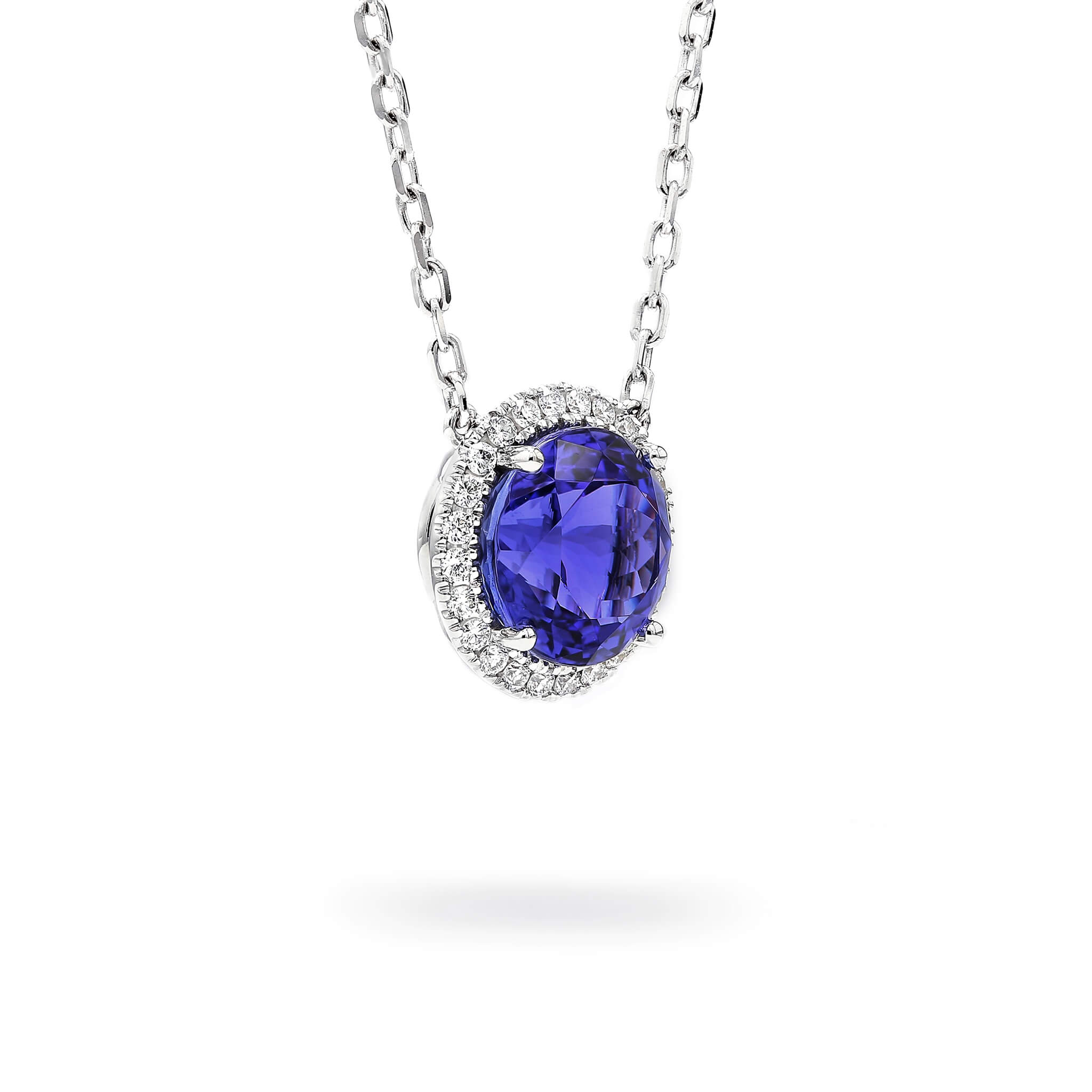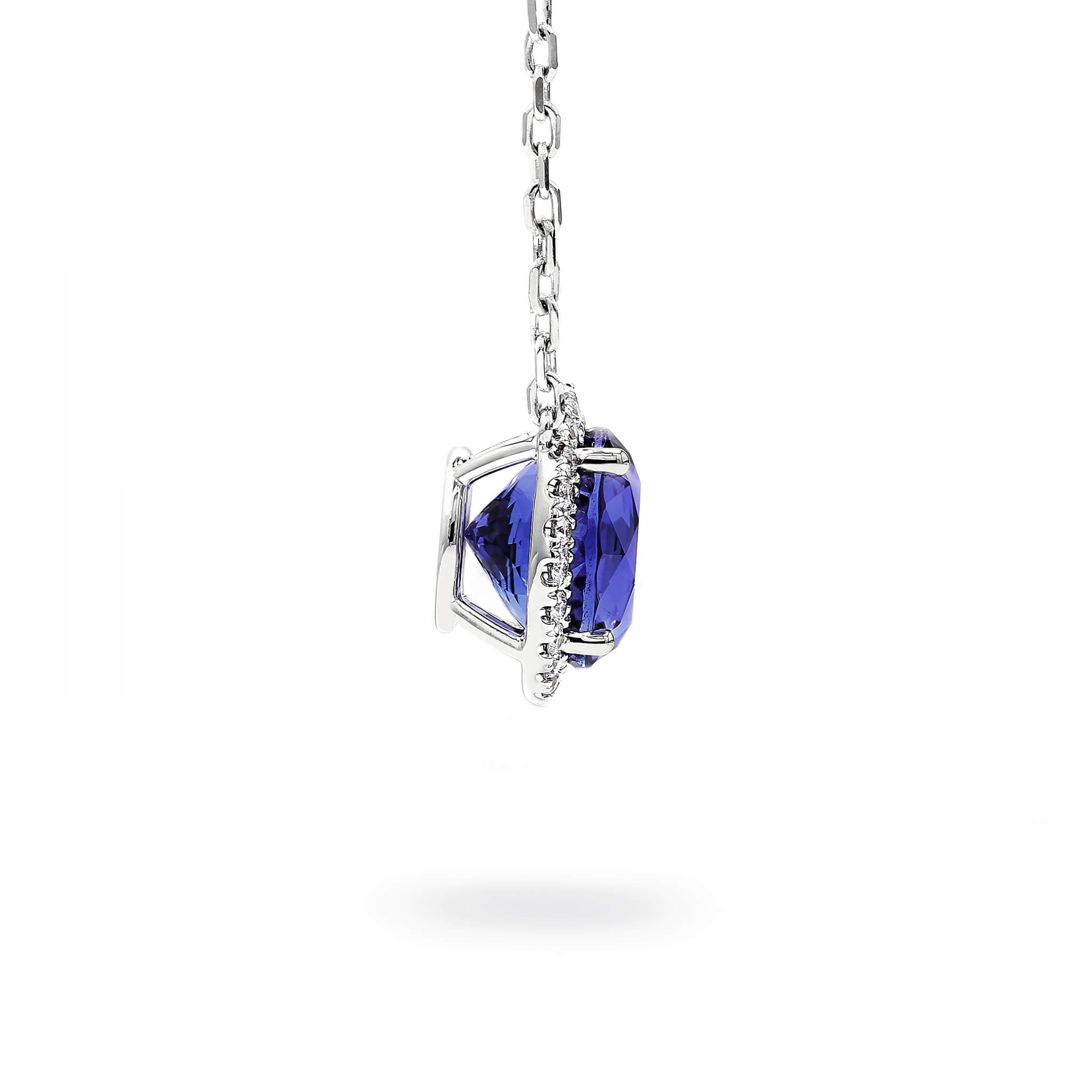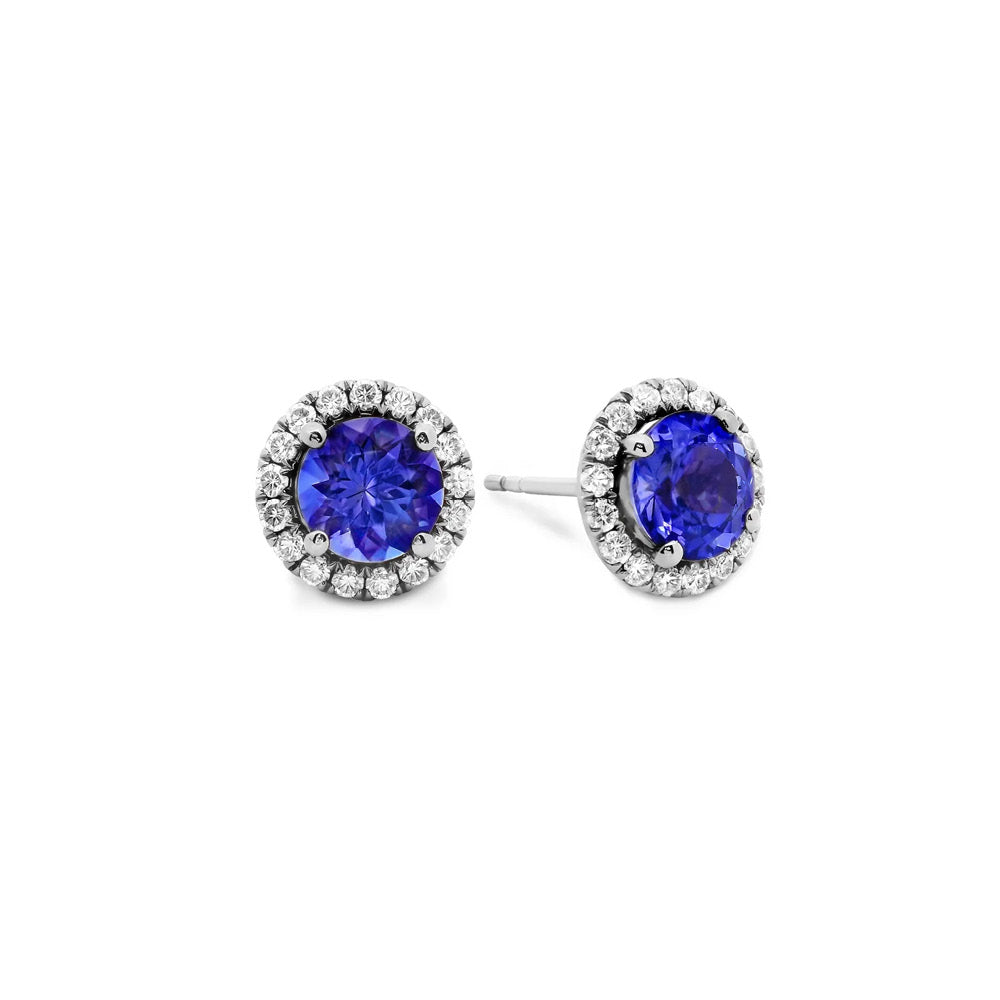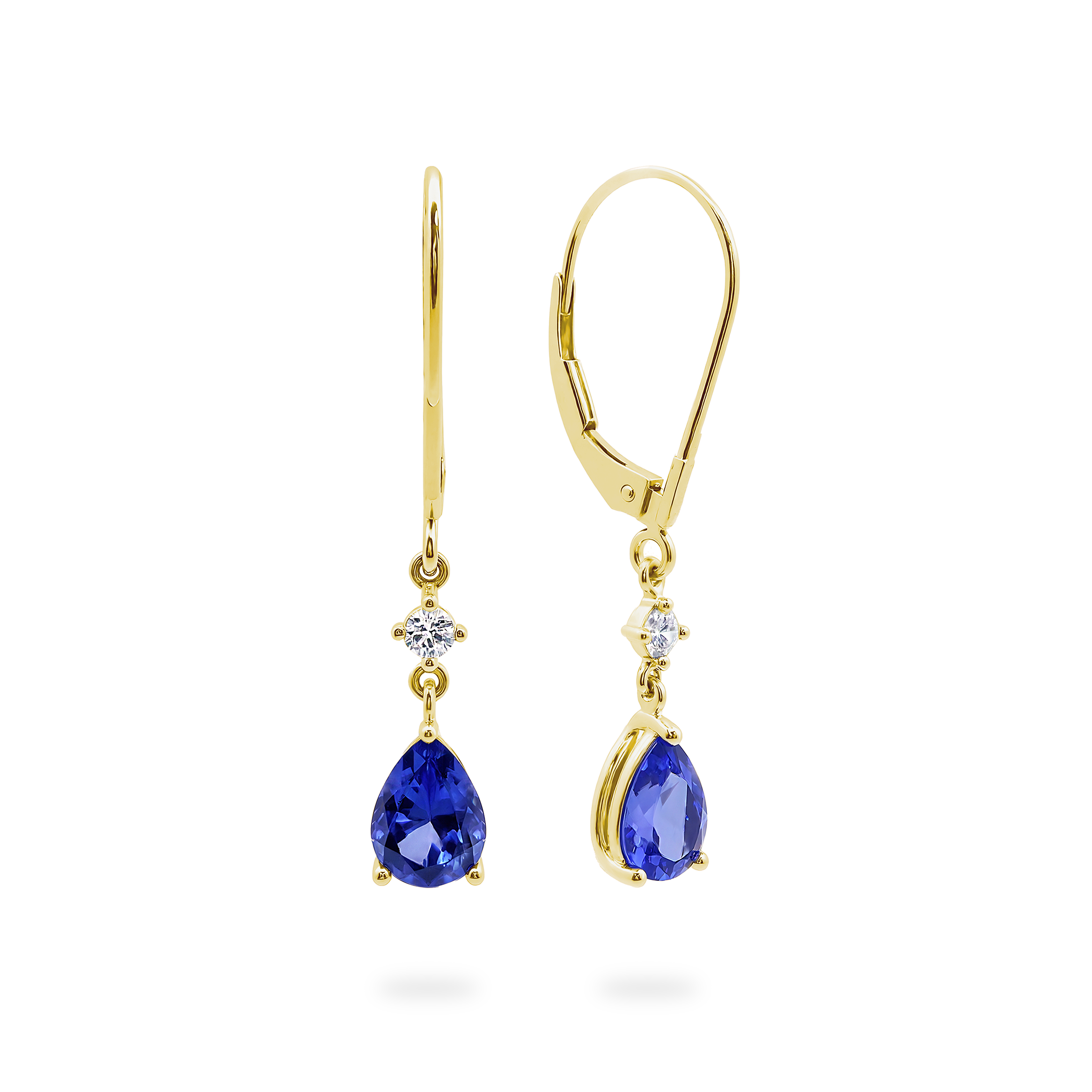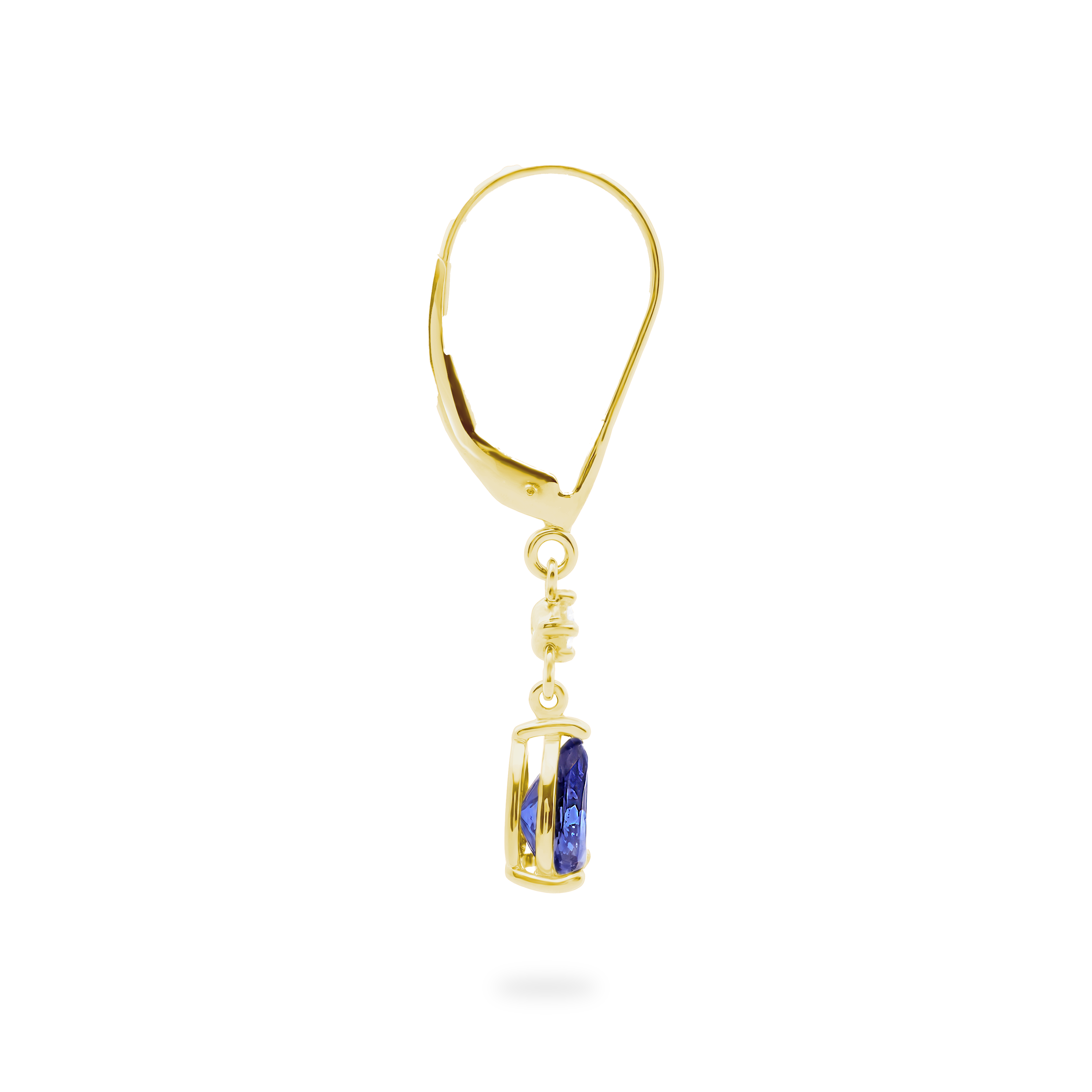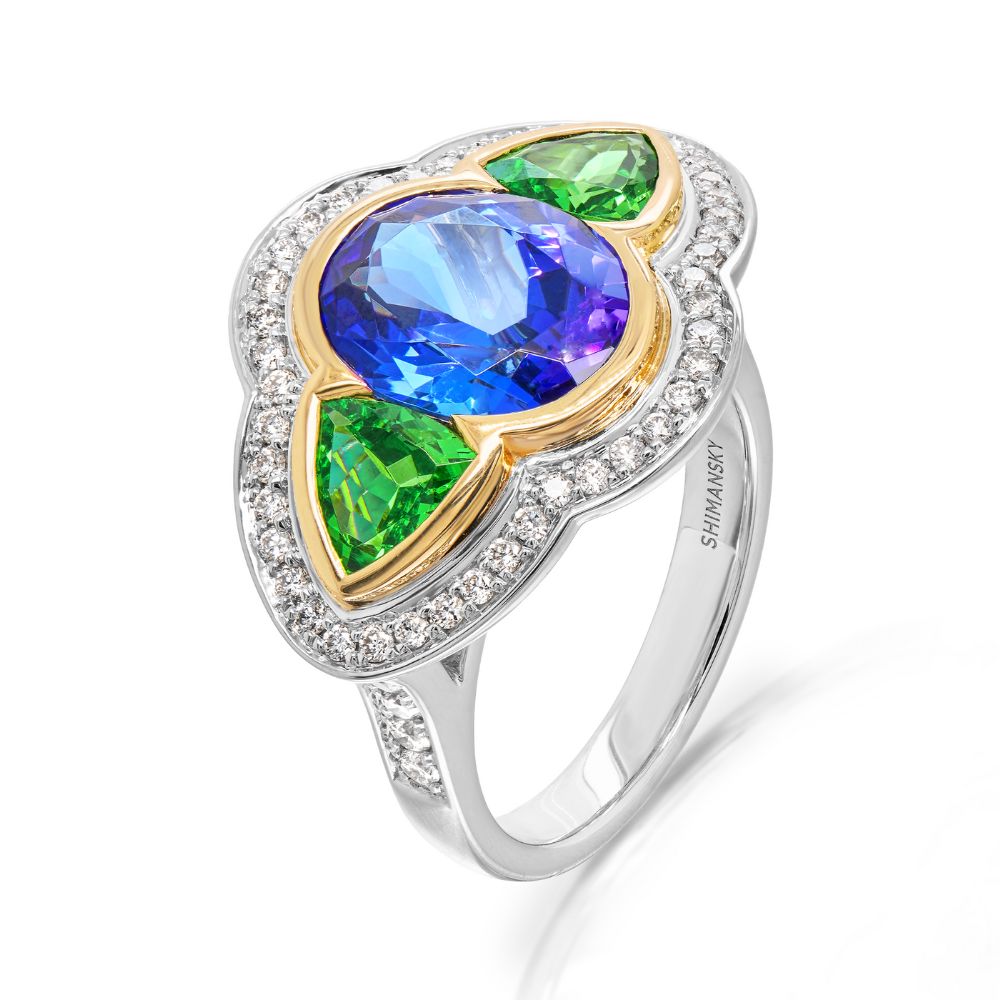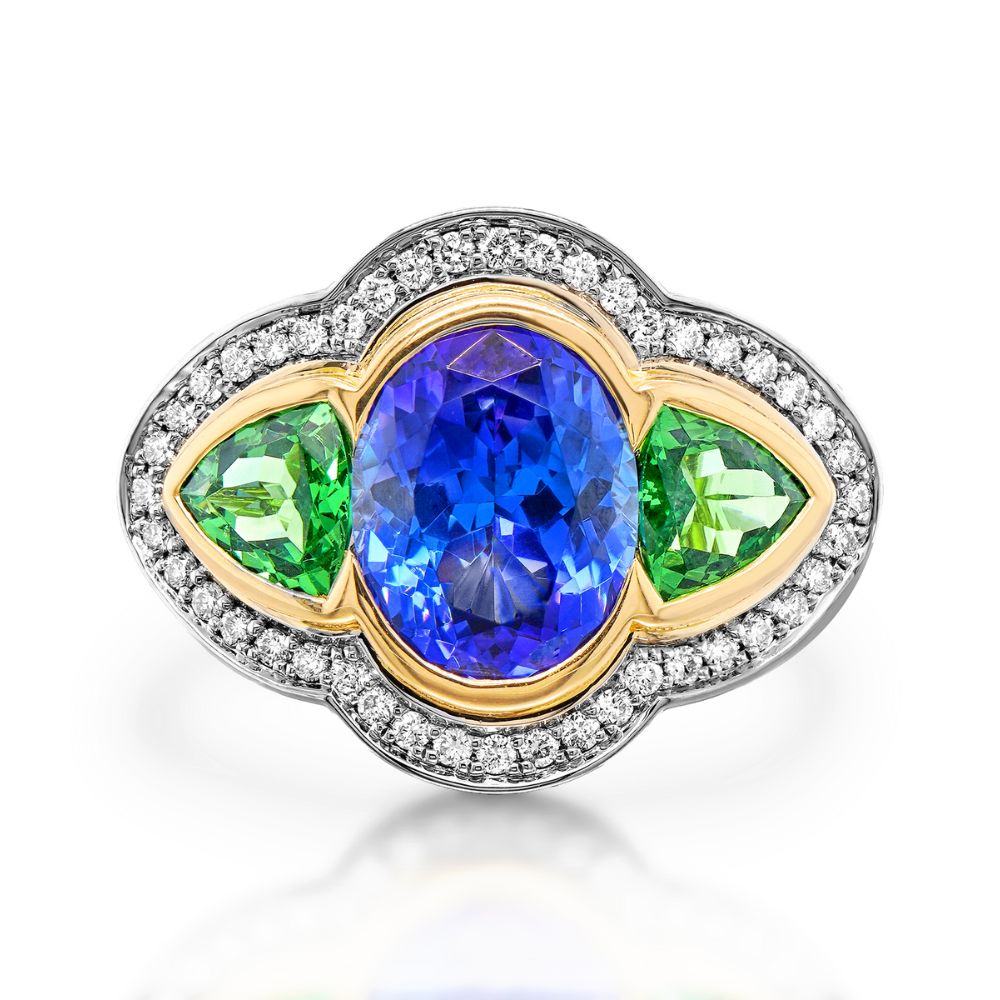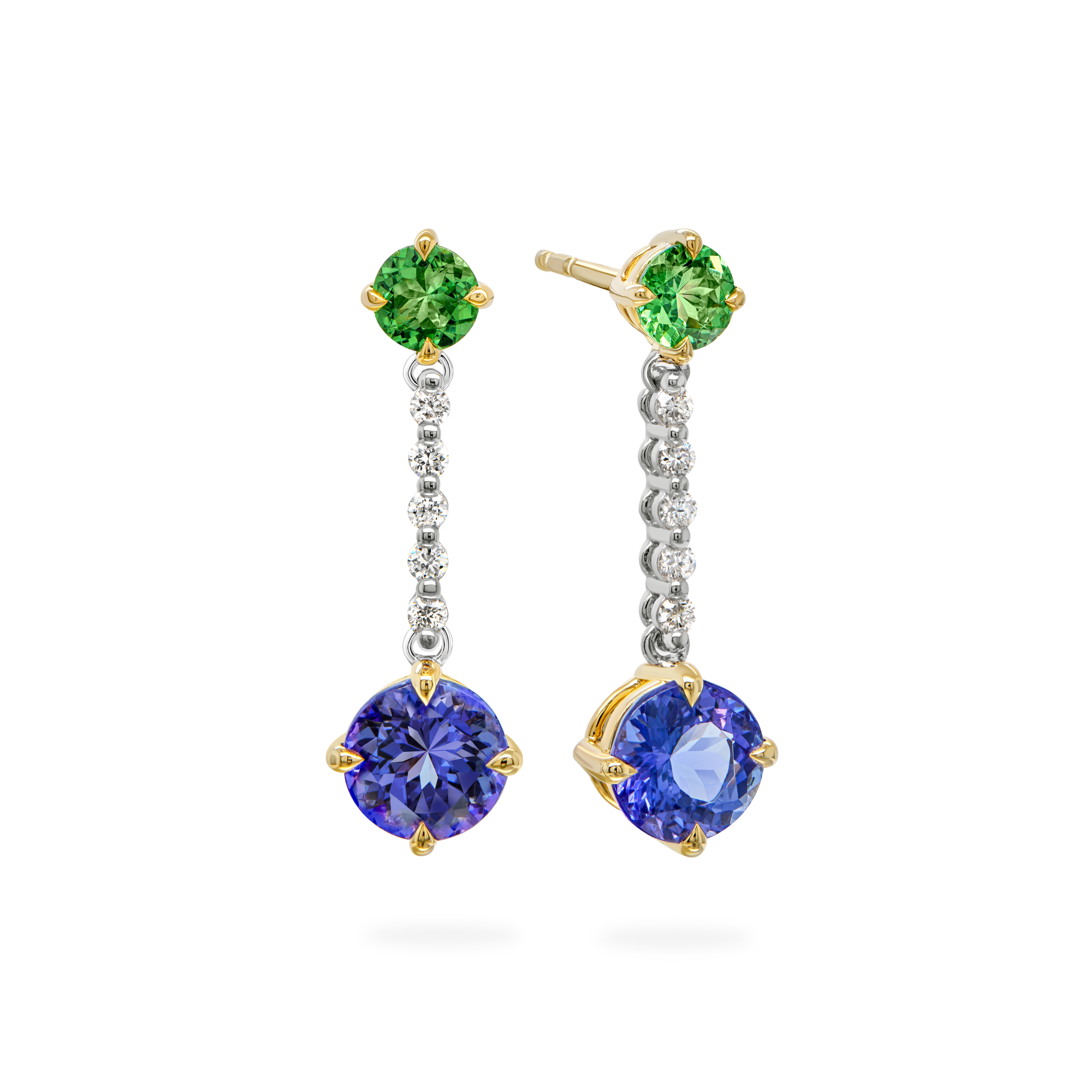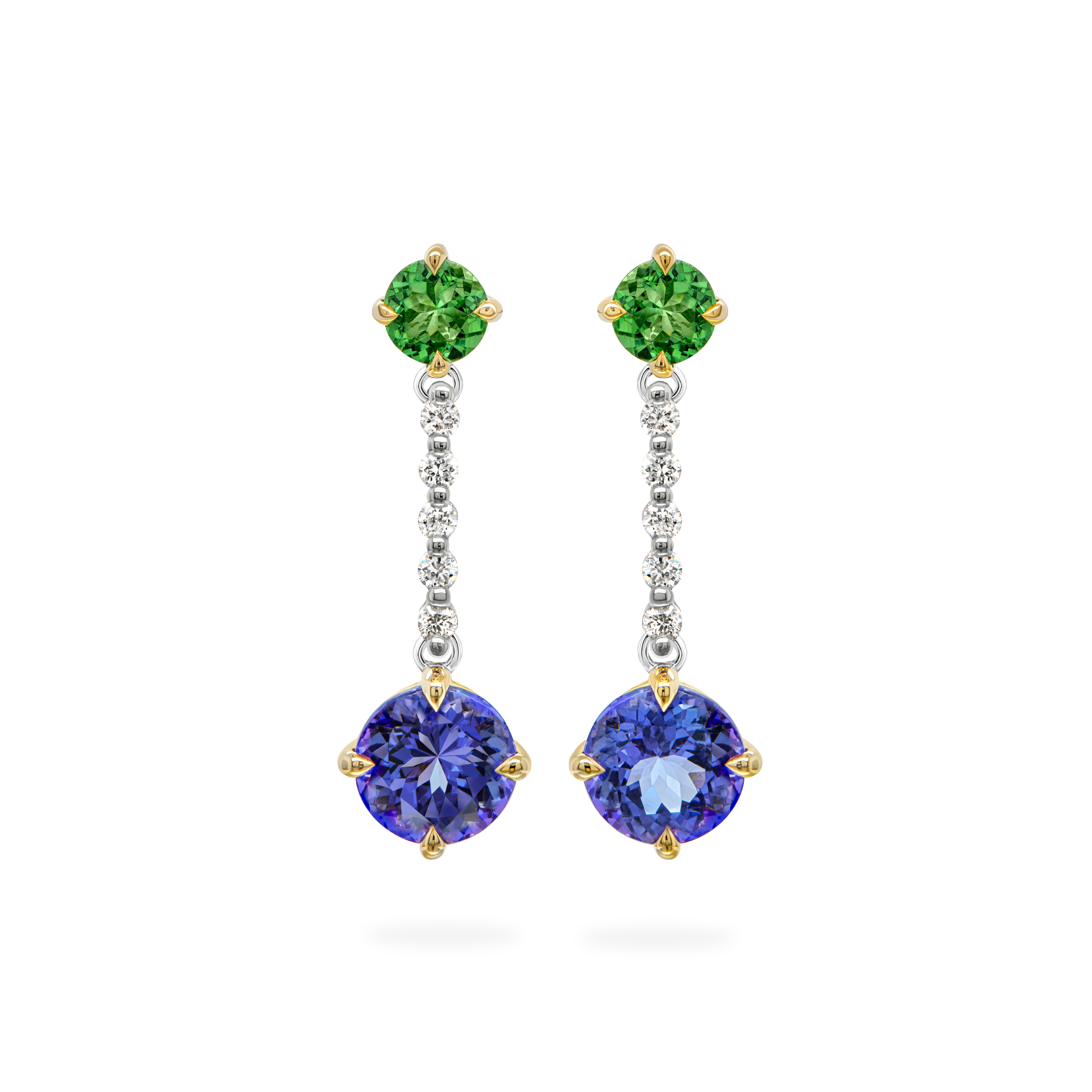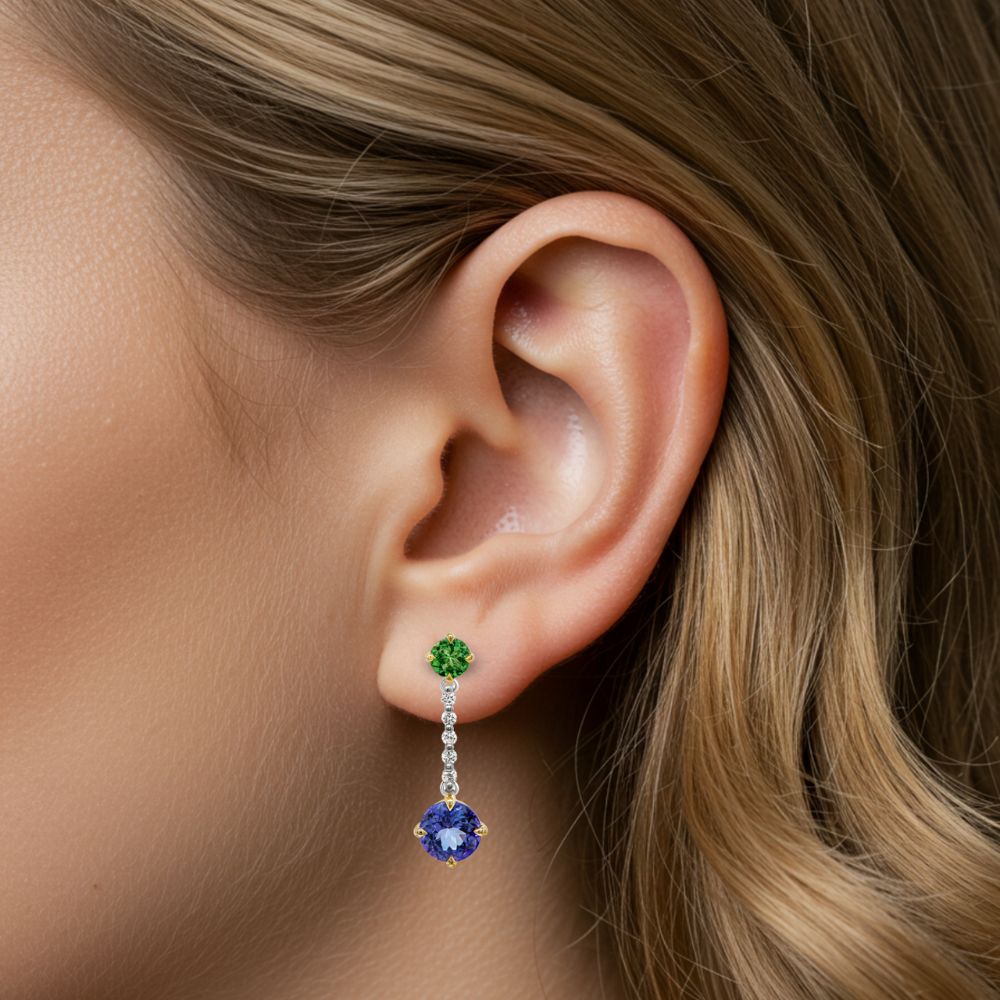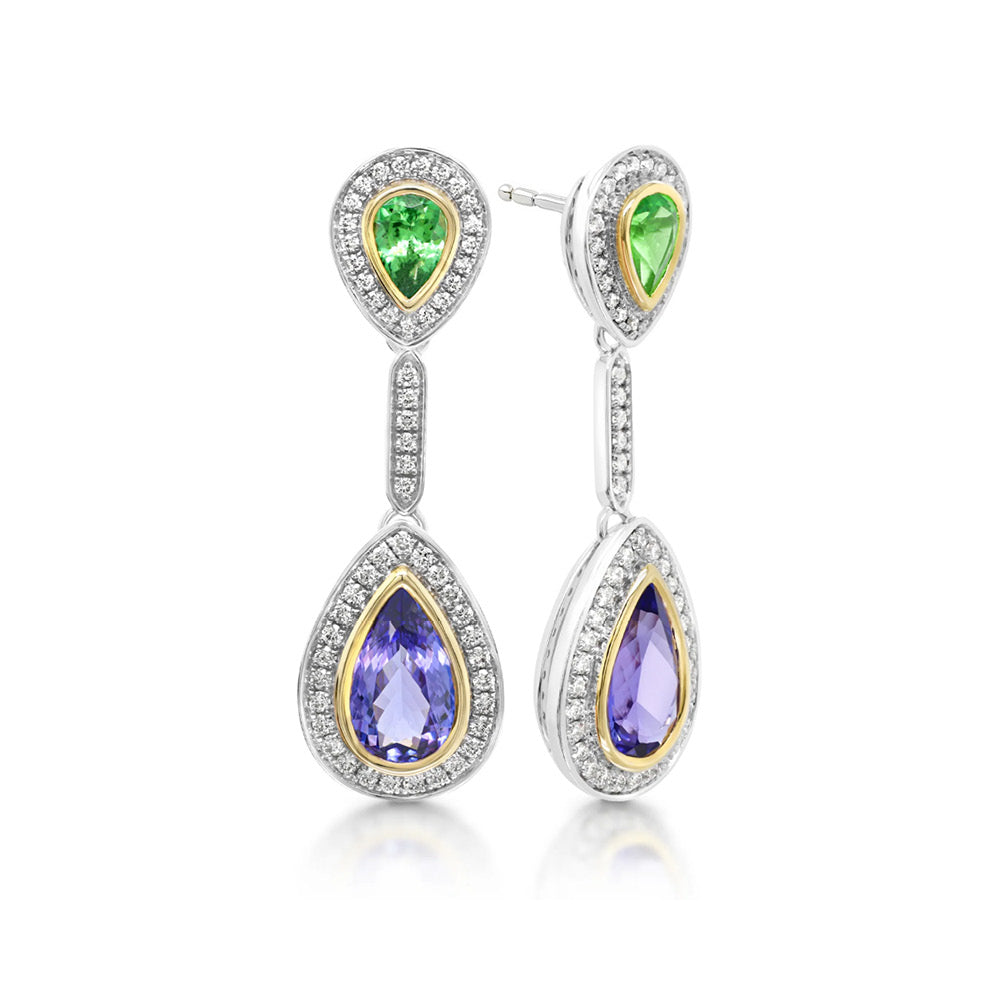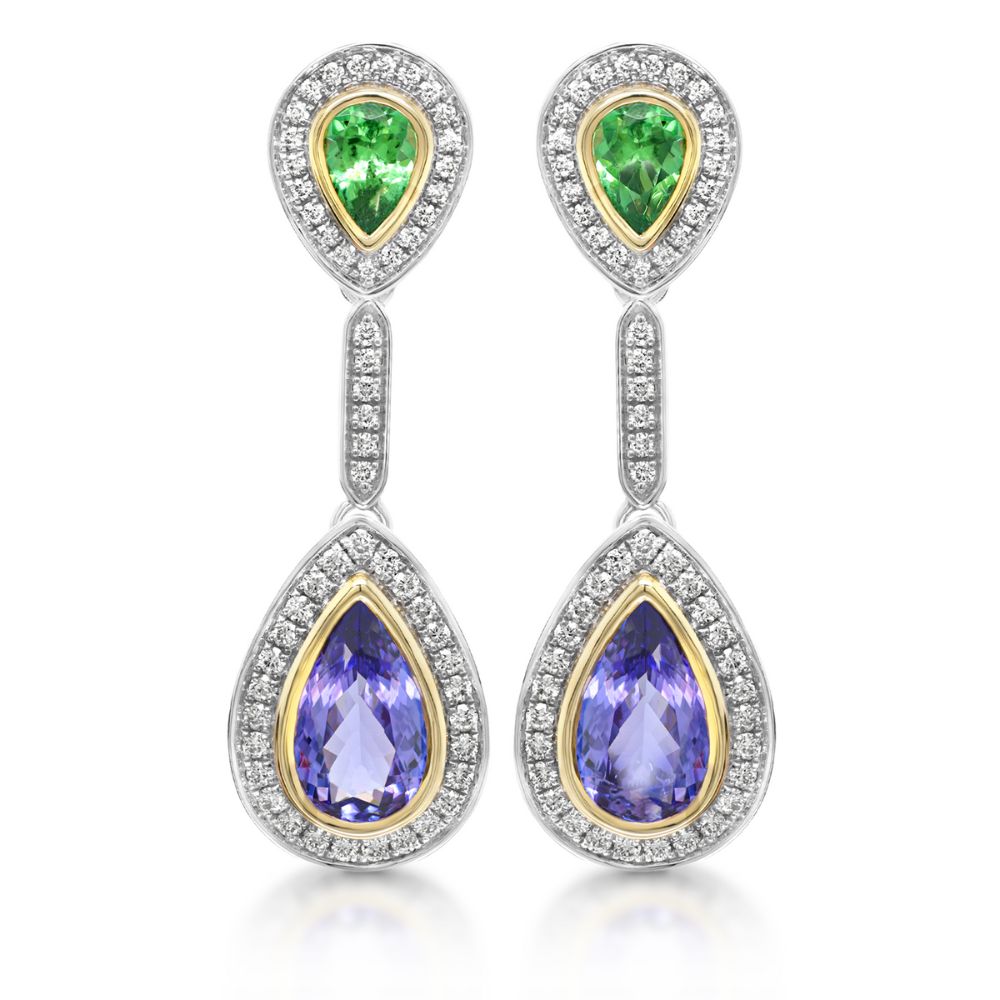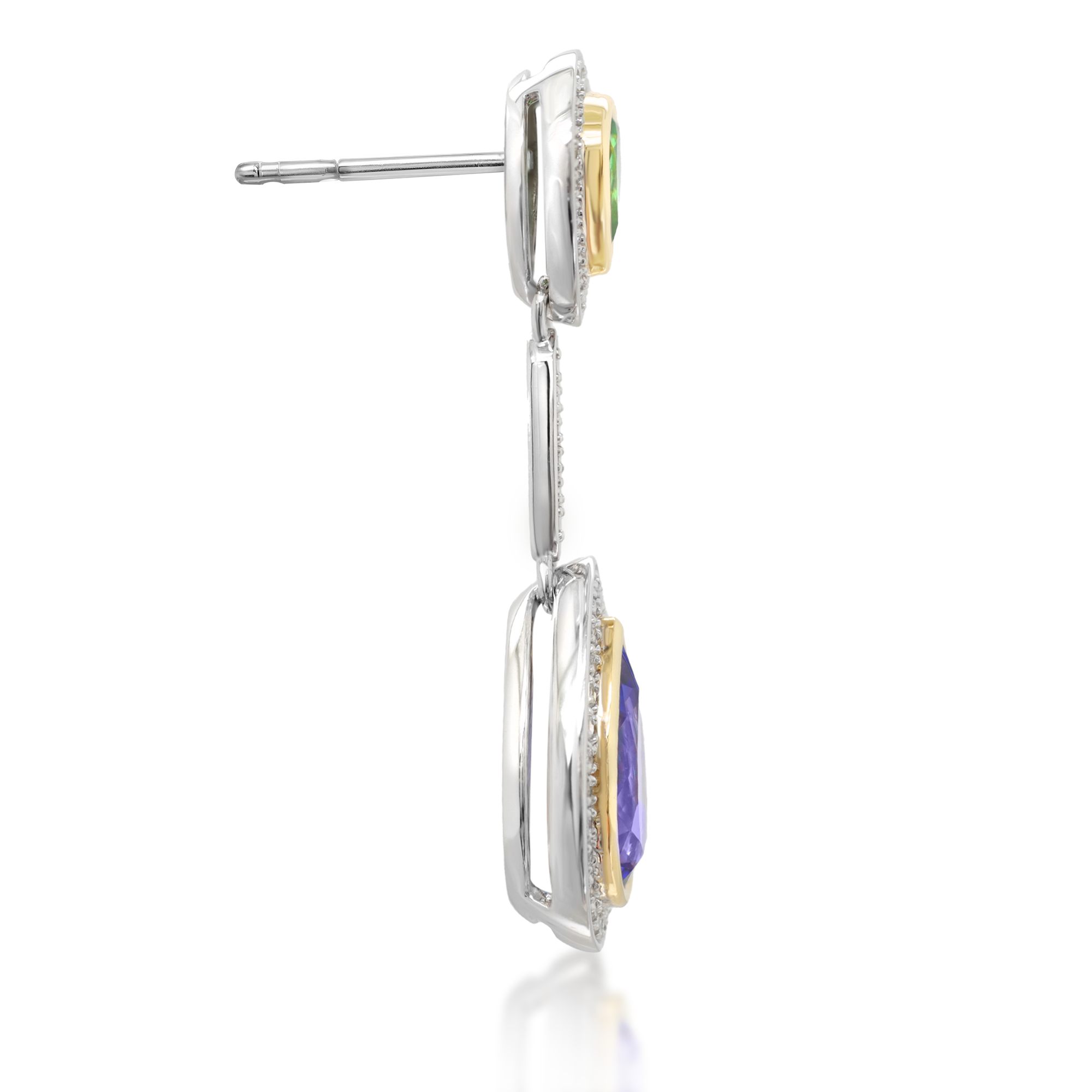Tanzanite, Nature's Rarest Treasure
Discovered in only one place on Earth — at the foothills of Mount Kilimanjaro — Tanzanite is over 1 000 times rarer than a diamond. Its vivid violet-blue hues and natural scarcity make it one of the world’s most sought-after gemstones. At Shimansky, each Tanzanite is hand-selected, masterfully cut, and set to reveal its extraordinary beauty.
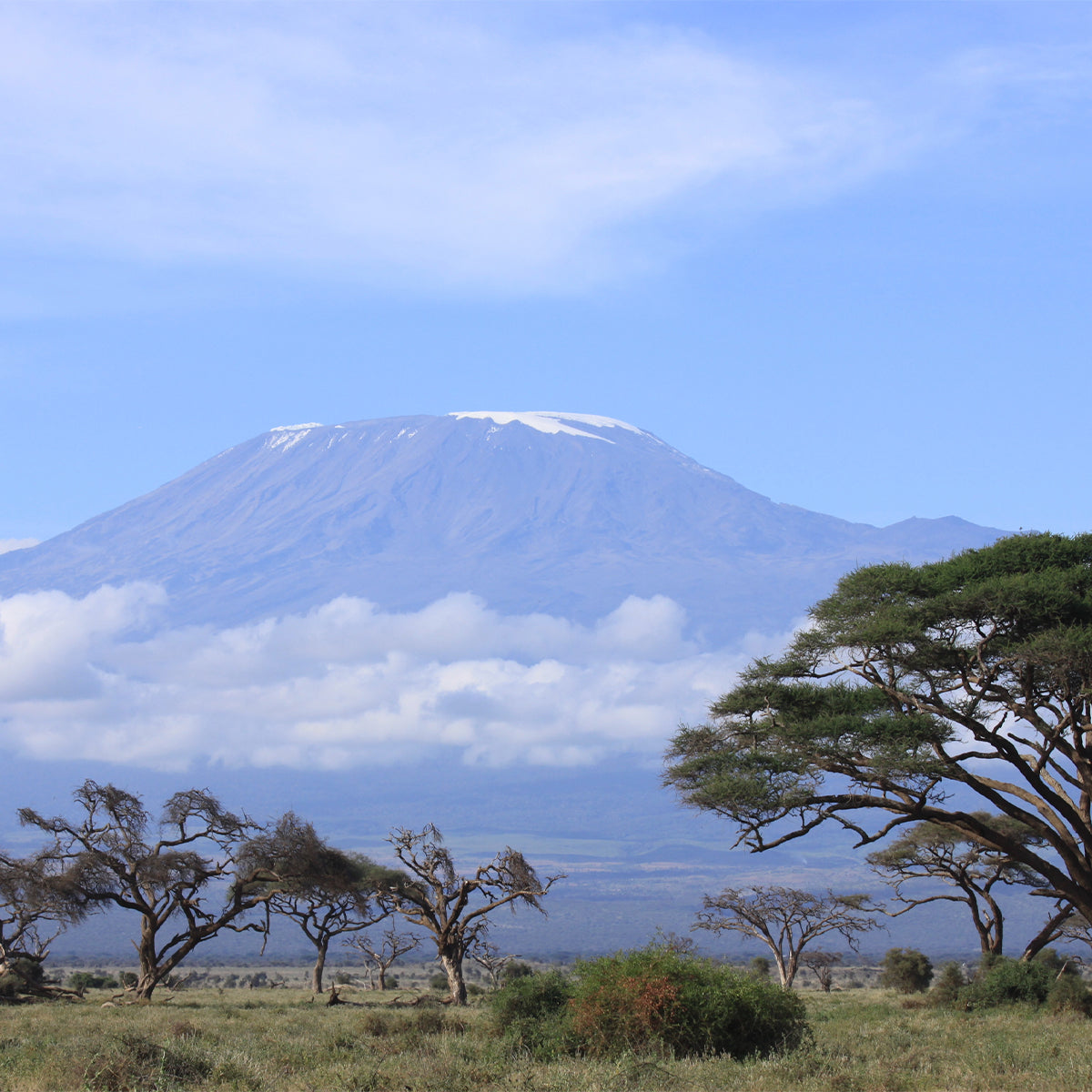
Tanzanite's Geological Formation
Five hundred and eighty-five million years ago, in the foothills of Mount Kilimanjaro, Mother Nature yielded her most precious of all gems. As testimony to its rarity, it remained unknown until 1967 when it was discovered at what is still the world's only known source – Tanzania.
Significant tectonic plate activity and intense heat formed Mount Kilimanjaro, and in this process, the Mozambique Orogenic Belt (one of the most mineral-rich places on Earth), was formed as well. It is believed that it was during this process that rough Tanzanite was formed. The process is known as regional metamorphism and can be explained as follows: when tectonic plates collide with one another, the igneous rocks (rocks formed through the cooling and solidification of magma/lava) of each tectonic plate are morphed into one another using extreme pressure.
The rocks reach near melting point, and when this happens, they produce beautiful crystal structures. In this process, gems are formed, essentially, from the coming together of two plates. Each of the two plates can contain a variety of different minerals, and because of this, combinations that are specific to one area may occur. This explains why Tanzanite is only found in one area in the world. The morphing together of two tectonic plates in this specific area of Tanzania resulted in a particular mix that has not been discovered anywhere else in the world.
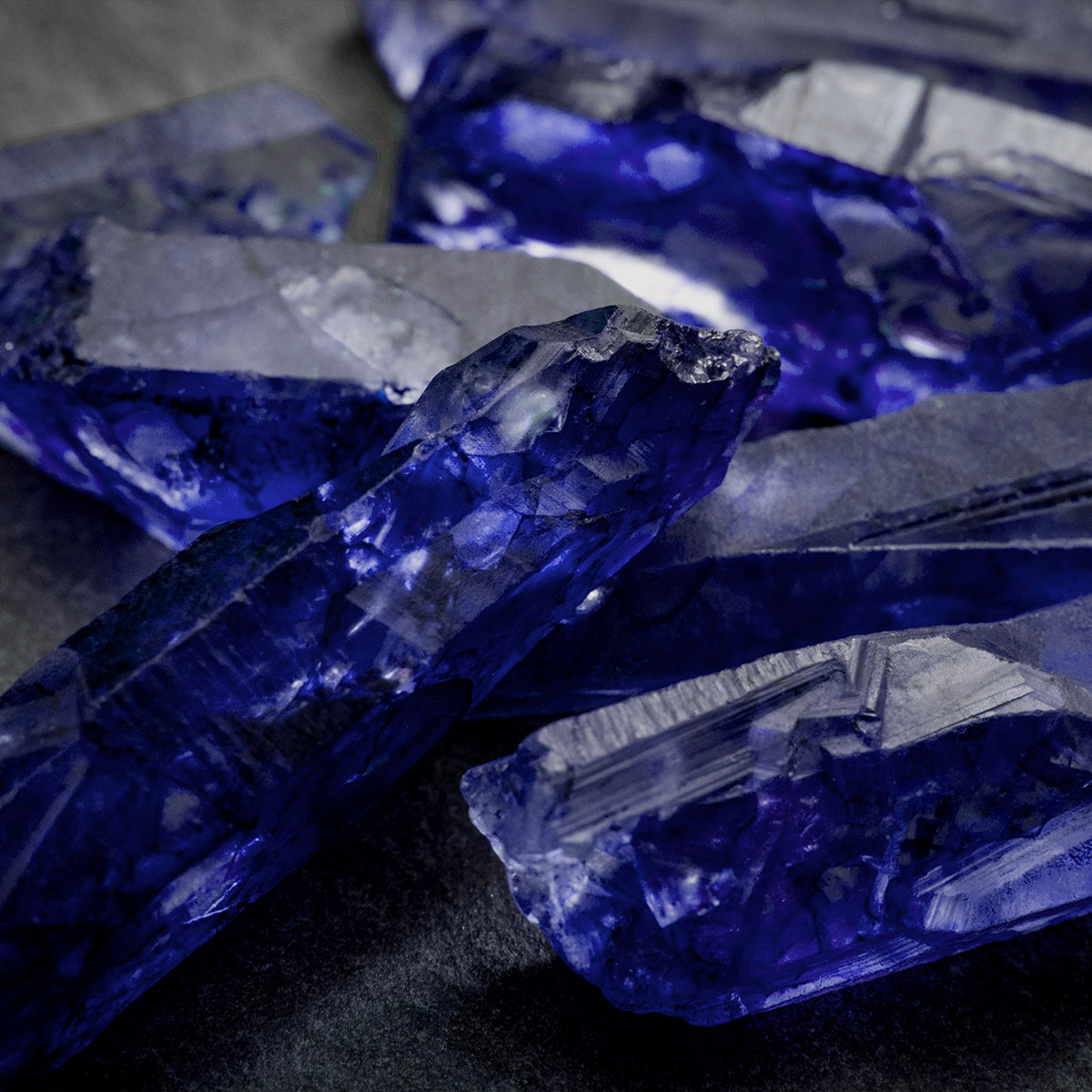
The conditions that created the Tanzanite deposit at the foothills of Mount Kilimanjaro are thought to be so unique, that geologists believe the chances of another batch of tanzanite being created are only about one in one million.
Among the local people of Tanzania, various stories and myths exist as to how this precious gem came about. It is popularly believed that Tanzanite was formed by an act of God when he used lightning strikes to set the surrounding hills alight. After the fires burnt out and the earth cooled down, the rocks deep inside the earth turned blue. The gem is also believed to carry unique spiritual properties, with local Tanzanian people believing that tanzanite heightens spiritual growth.
- Formed under intense heat and pressure around 585 million years ago
- Result of regional metamorphism (rock transformation caused by heat and pressure deep underground)
- Found only in a 4 km² area in northern Tanzania
- Known for trichroism (ability to show three colours from different angles)
Tanzanite’s unique geological conditions are believed to be so rare that the chance of it forming anywhere else is about one in a million.
Tanzanite rings are often worn for protection and the gem's alleged calming and soothing properties. Due to the uniqueness of its formation, its rarity, and its unrivaled beauty, Tanzanite has become a sought-after gem all around the world. Discover the Ayanda Tanzanite jewellery collection for buying Tanzanite in South Africa.
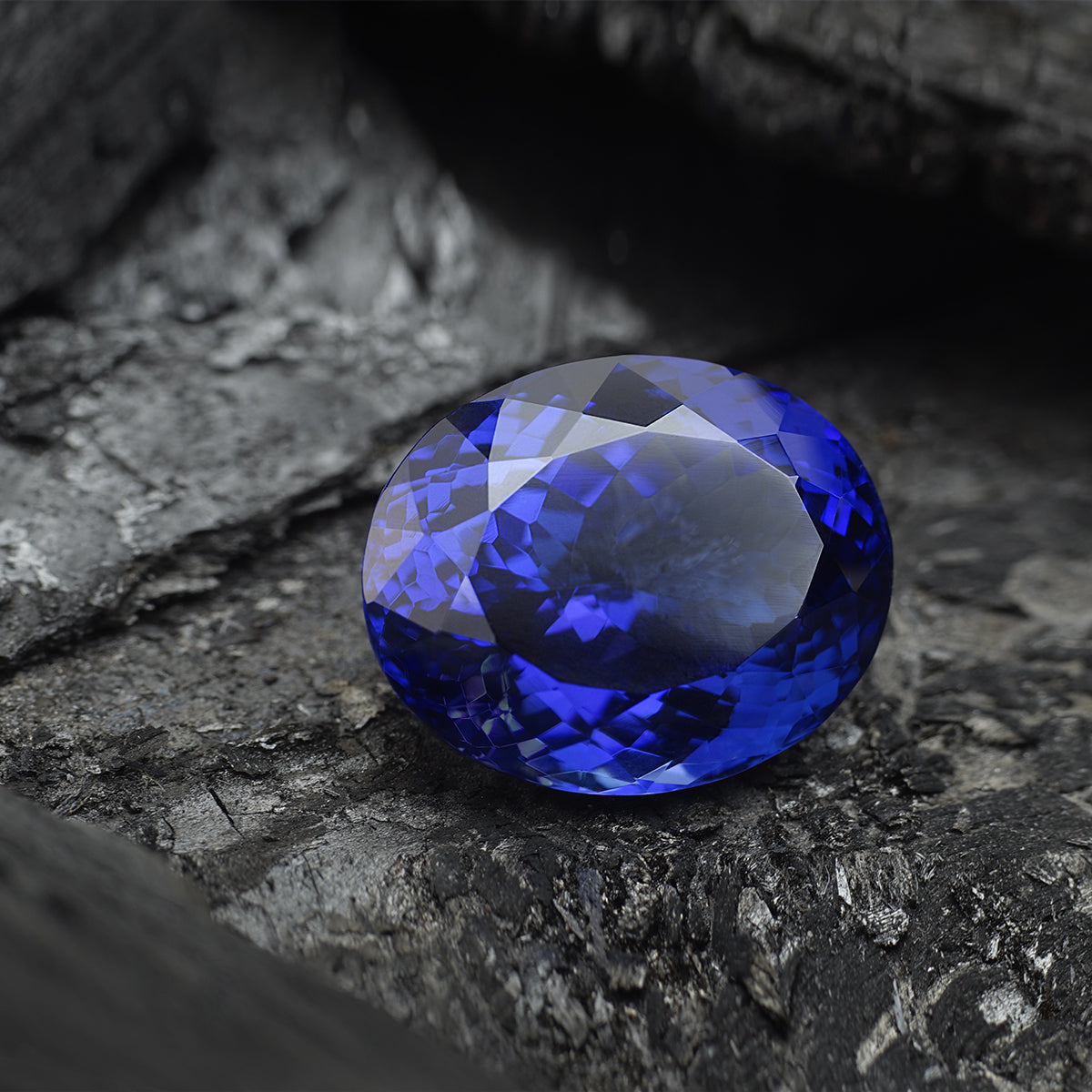
Attributes of Tanzanite
Rarity: Tanzanite’s only known source in the world is a 4km strip of land near Mount Kilimanjaro, northern Tanzania. This single, limited source renders Tanzanite at least a thousand times more than diamonds. With only one known source to date, it is predicted that within the next 10 – 12 years no more gem-quality tanzanite will be found.
- Exclusively found in one known deposit
- Estimated to be depleted within decades
- Rising demand and shrinking supply make high-grade stones collectible
Colour: Tanzanite is uniquely trichroic. This means that in its rough form, it radiates three different colours from each of its crystallographic axes: blue, violet and burgundy. Once cut and polished, Tanzanite ranges from electric violets to vibrant blues, deep royals and rich indigos. The colour of Tanzanite is strongly related to the presence of vanadium and titanium in its crystallographic structure.
- Displays violet, blue and burgundy tones due to trichroism
- Rated 6.5–7 on the Mohs (Mohs scale: a 1–10 scale measuring gemstone hardness) hardness scale (suitable for occasional wear)
- Colour grading: AAA (deep vivid blue-violet), AA (medium), A (light)
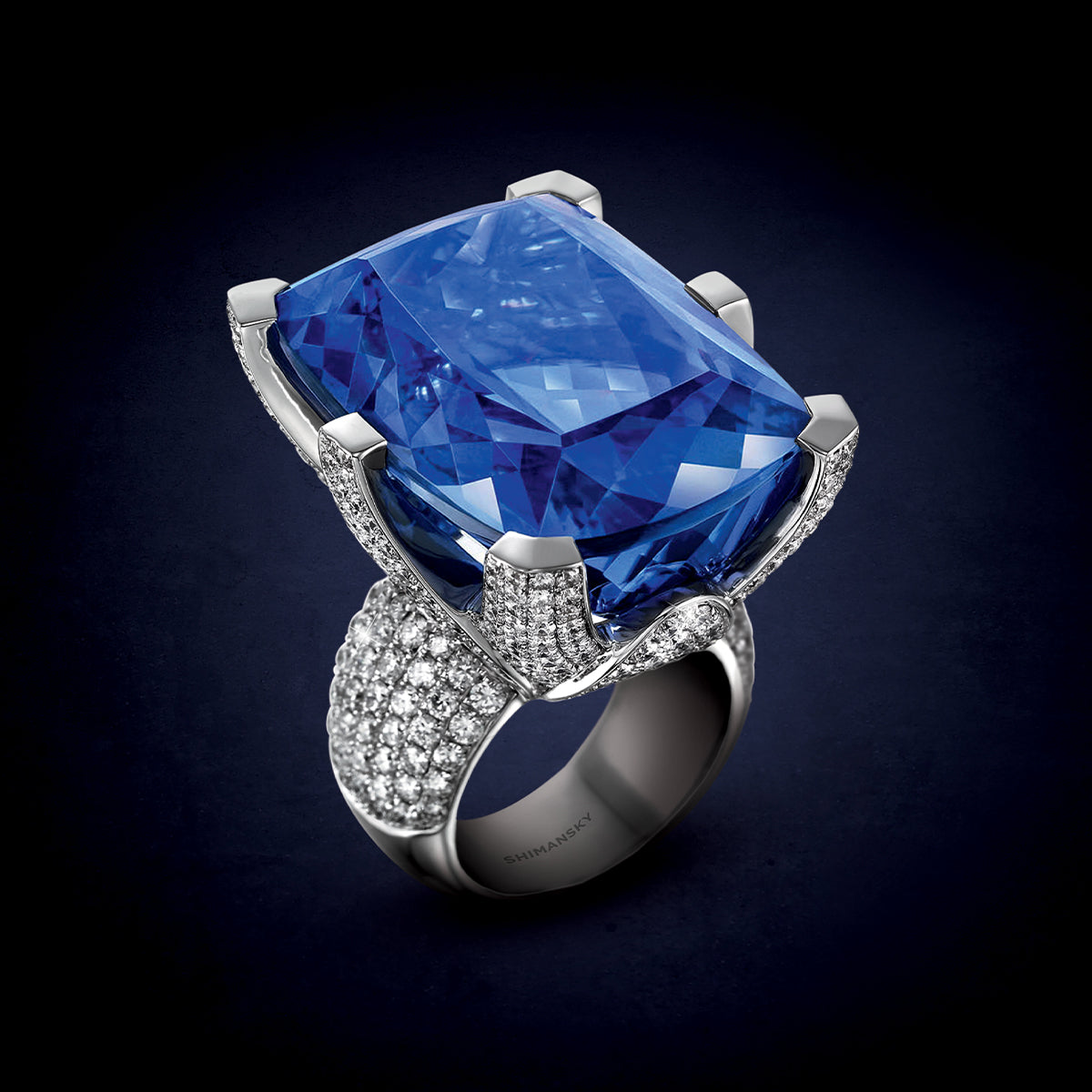
Cultural Myths & Investment
African mystique: Its geology is so unique that the chances of Tanzanite occurring elsewhere in the world are unlikely. Tanzanite’s exclusively African heritage and the alluring narrative of its discovery have proved to be a unique selling feature. Tanzanite jewellery is a particularly attractive investment for foreigners visiting the African continent, as it allows them to take home, something that is uniquely African.
- Discovered in 1967 by Maasai herders
- Local legend says the gem appeared after lightning struck the hills, turning brown stones blue
Investment value: There is no other investment that will yield as great a return as investing in tanzanite of the highest quality. It is more likely to increase in value as supply gets less and demand increases.
- Exclusively found in one known deposit
- Estimated to be depleted within decades
- Rising demand and shrinking supply make high-grade stones collectible
The true value of a Shimansky jewellery creation is only realised when it is worn by the person it is meant for.
Shimansky Tanzanite Craftsmanship
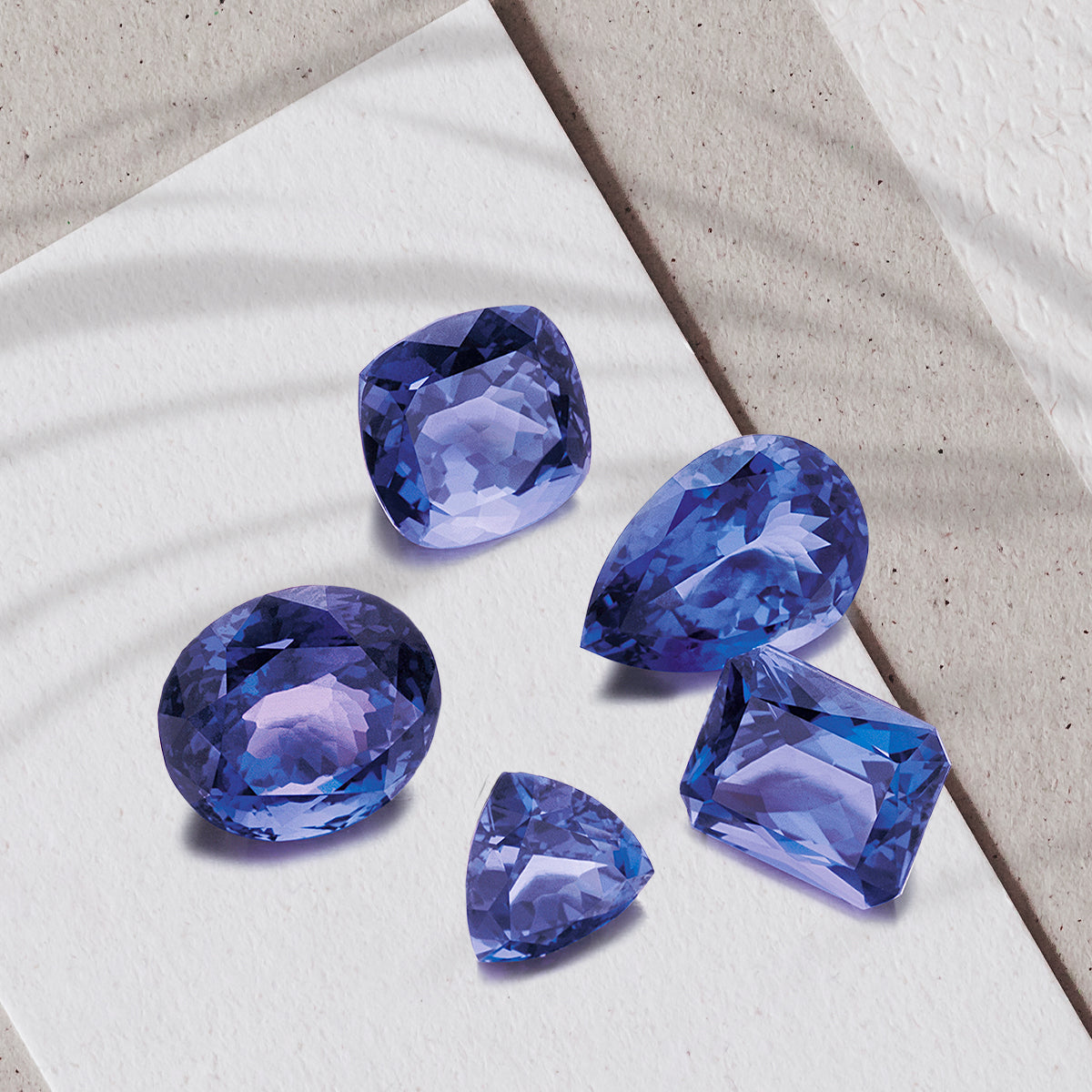
Shaping Beauty
From the classic round brilliant cut, trilliant, oval to a romantic heart shape Tanzanite, Shimansky cut and polish any shape you desire. Ranging from 1ct up to 100ct, to be set in a unique jewellery design of your choice or as an investment gem for your collection.
The most important factor in gemstones is the colour and its even distribution which can only be achieved through the art of rough planning, cutting and polishing that maximises the gemstone's full potential.

World's Best Tanzanite
We promise that the Shimansky Tanzanite is the best in the world for its colour, quality of the cut and polish and vibrancy, each tanzanite is hand-selected and inspected before and after being set into the jewellery creation with quality assurance every step of the way, making the Shimansky Tanzanite in a league of their own, your eyes will see the difference instantly.
- All stones ethically sourced from Tanzania
- Hand-selected for colour, clarity and brilliance
- Precision-cut and polished in Shimansky’s Cape Town workshop
- Each piece undergoes multiple quality checks before setting
Tanzanite: Frequently Asked Questions
Discover expert answers about Tanzanite’s origin, rarity, care, and what makes Shimansky Tanzanite jewellery truly exceptional.
Tanzanite
Tanzanite is found only in the Merelani Hills near Mount Kilimanjaro in northern Tanzania.
The unique geological conditions that formed Tanzanite exist in only one known location on Earth.
Tanzanite formed over 585 million years ago under extreme heat and pressure during regional metamorphism and tectonic plate activity, creating the unique geological conditions that exist only in the Merelani region.
Tanzanite displays vivid violet-blue hues due to the presence of trace elements like vanadium. It is trichroic, meaning it shows three colours (blue, violet and burgundy) when viewed from different angles.
Tanzanite is a relatively delicate gemstone (6–7 on the Mohs scale). Store it separately, avoid sudden temperature changes, and clean gently with warm soapy water and a soft brush — never ultrasonic cleaners.
- Clean gently using warm soapy water and a soft brush
- Avoid ultrasonic cleaners or harsh chemicals
- Store separately to prevent scratching
- Have settings checked regularly by a jeweller
With mindful care, Tanzanite jewellery retains its beauty and brilliance for generations.
Every Shimansky Tanzanite is ethically sourced, cut and polished in-house by master artisans. This ensures exceptional colour, brilliance and quality, creating jewellery that’s designed to be treasured for generations.



